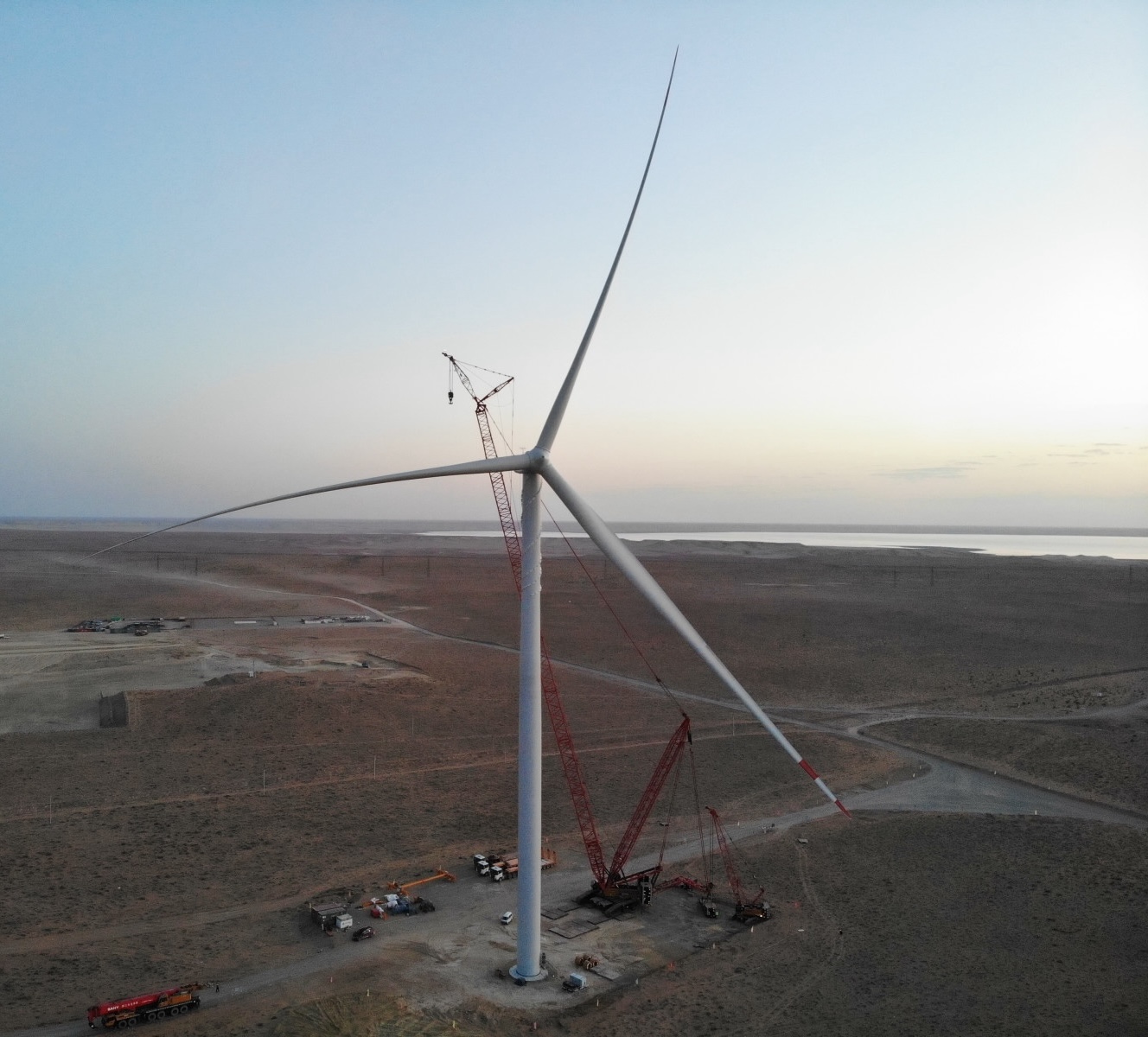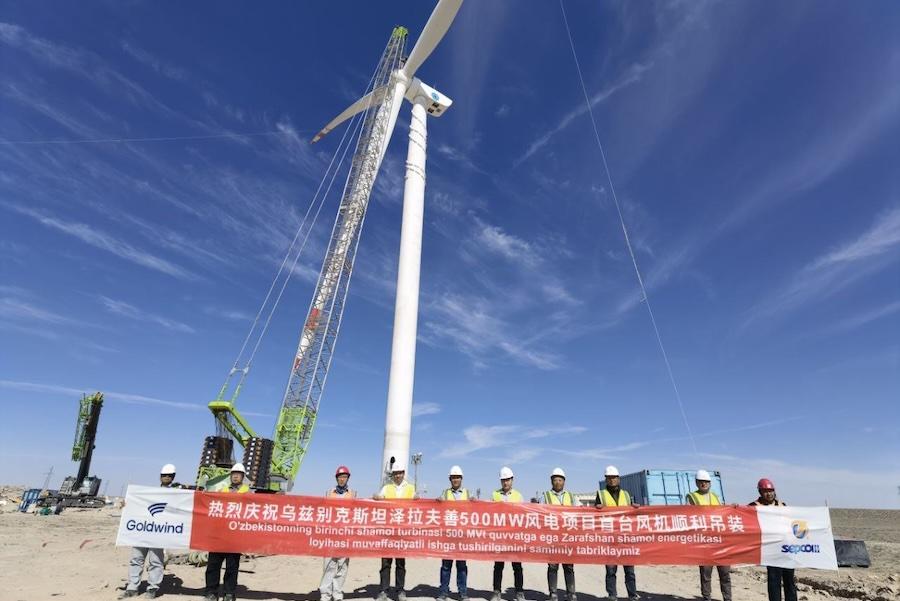
As part of its broader strategy to diversify its energy mix and reduce carbon emissions, the country is investing heavily in renewable energy, with wind power emerging as a key sector. The windmill industry in Uzbekistan, while still in its early stages, is showing strong momentum and has the potential to transform the nation's energy landscape.
A New Frontier for Wind Energy
Historically, Uzbekistan’s energy sector has been dominated by fossil fuels, with natural gas providing about 80% of its electricity. However, in line with its 2030 Strategy and international climate commitments, the initial target was 25% renewable energy by 2030. Recent statements from Uzbekistan’s leadership indicate more ambitious goals. As of December 2024, the country aims for solar, wind, and hydropower to cover 54% of its electricity use by 2030.
The government has identified several regions — particularly in the northwest, such as the Karakalpakstan region and parts of Navoi and Bukhara — with strong, steady wind currents ideal for wind farms. According to preliminary studies, Uzbekistan has a theoretical wind energy potential exceeding 520,000 megawatts (MW), far greater than its current electricity consumption needs.
Major Projects Underway
One of the most significant milestones in Uzbekistan's wind power sector was the launch of the Zarafshan Wind Power Project by Masdar, a leading global renewable energy company from the United Arab Emirates. Located in the Navoi region, the project aims to install up to 500 MW of capacity, making it one of Central Asia’s largest wind farms.
In addition to Masdar, companies from Saudi Arabia, China, and Europe have shown increasing interest in Uzbekistan’s wind energy sector. Several memorandums of understanding and power purchase agreements (PPAs) have been signed in the past two years, setting the stage for rapid expansion.
The government is supporting these investments through competitive tenders, regulatory reforms, and attractive incentives like guaranteed tariffs and long-term contracts for renewable energy producers.

Challenges Facing the Industry
Despite the positive developments, several challenges remain:
- Infrastructure Gaps: Uzbekistan’s current electricity grid was designed for centralized fossil fuel plants. Integrating decentralized wind energy requires major grid upgrades.
- Financing: Large-scale wind projects require significant upfront investments, and while international financing is improving, local banks and institutions have limited experience with renewable energy projects.
- Technical Skills: The local workforce needs training in specialized areas such as wind turbine maintenance, system integration, and grid management.
Future Prospects
Uzbekistan’s commitment to renewable energy is clear. By 2026, the country aims to commission at least 3 GW of wind power capacity, alongside ambitious goals for solar and hydroelectric projects. If these targets are met, Uzbekistan could become a renewable energy leader in Central Asia.
Moreover, developing the domestic windmill industry — including manufacturing components locally, training engineers, and building maintenance services — could create thousands of jobs and stimulate technological innovation.
The windmill industry in Uzbekistan is at an exciting turning point. Supported by strong government policies, international investment, and the country's vast natural potential, wind power is set to become a cornerstone of Uzbekistan’s energy future. While challenges remain, the momentum is undeniable — and the winds of change are blowing steadily across the Uzbek landscape.


